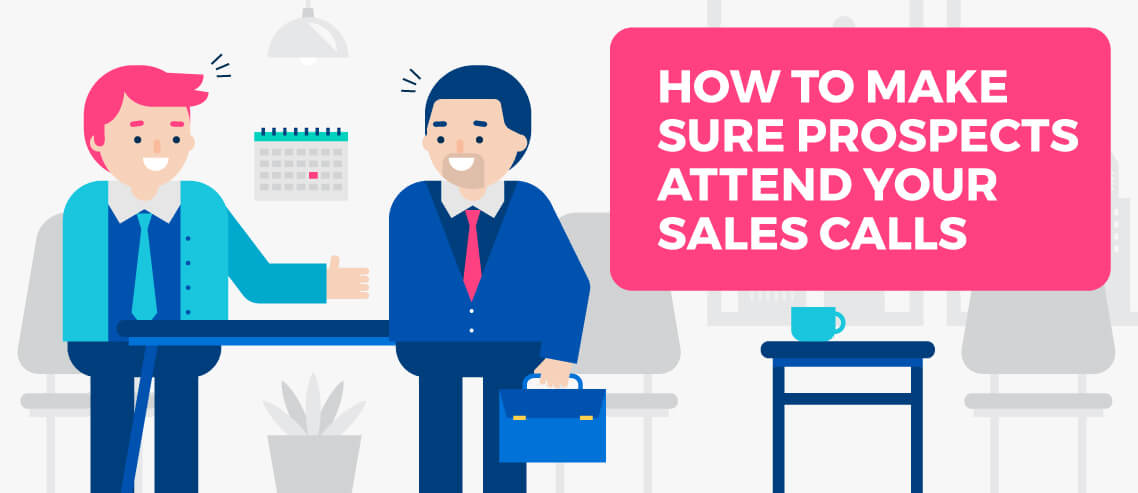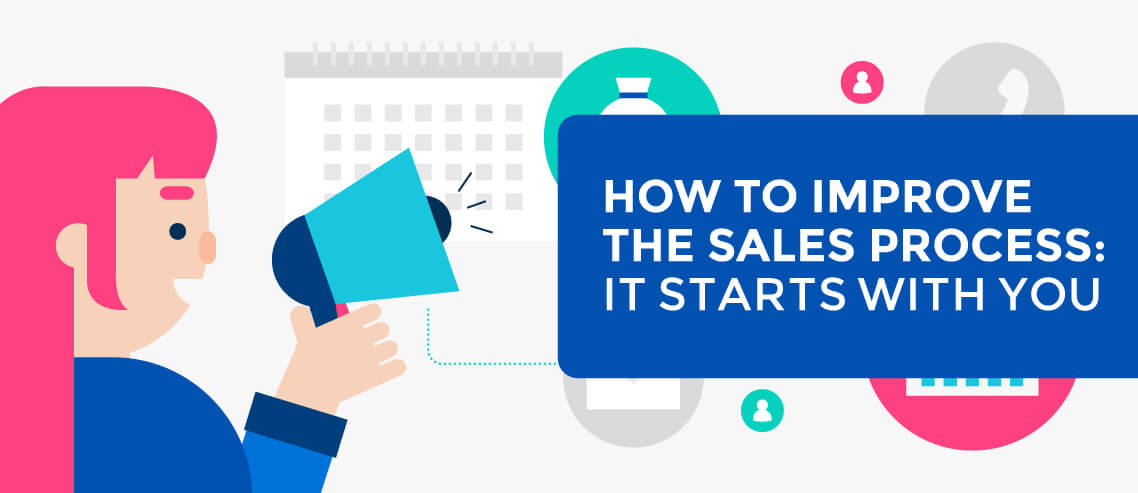How to Qualify Leads Using the NOTE Framework
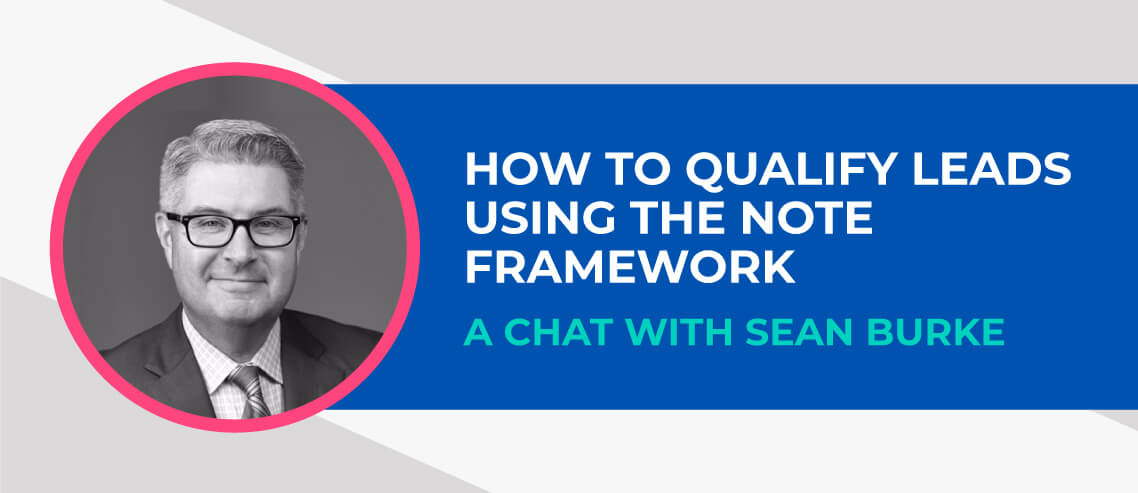
Contents
This is the second piece in our ‘sales practitioners’ series, where we get in the weeds with a sales leader about the biggest topics in the sales world. In this article, we chat with Sean Burke, SVP of Sales at LivePerson, on how to qualify leads in their own terms using the NOTE framework.
Acronyms and abbreviations in sales and marketing are a dime a dozen.
AIDA, BANT, CRM, GDPR, CRO, CTA, KPI, PPC, SEO, B2B, SMM, B2C, ROI, SMART, SPIN, LAARC, SMB, FAB, LAIR, FUD, ABC, and dozens, if not hundreds, of others.
Can you explain them all? Maybe, maybe not, but you probably know a lot of them. That’s the beauty of it: they do make it easier to remember titles, tactics, and templates.
To that end, let’s toss another on the pile, one that you may not have heard of before …
Meet NOTE.
Before I explain what it is and why it matters, let’s consider the traditional approach to qualifying leads. If you’re in sales, you presumably use some sort of template or acronym when reaching out to leads – guiding questions or frameworks to make your prospecting efforts consistent and quick.
One of the most common is BANT:
- Budget – can they afford you?
- Authority – are they the right person to say ‘yes’?
- Need – do they need what you’re offering?
- Timing – how long do they need to make a decision and commit?
We’ve heard a lot the past few years about the increasing importance of customer experience, or CX; about putting customers first, focusing on their needs, going above and beyond for them, of simplifying and expediting their experience from start to finish and for every touch point.
Consumers are willing to pay more for a better experience, and identify CX as a major influence in making both purchase and loyalty decisions.
Now take a look at the BANT framework; does that template demonstrate to a prospect that the customer comes first?
Nope. With the exception of ‘need’, it’s all self-serving for the business or brand.
Is that the first impression you want to make?
Nope again. In order to walk the walk and talk the talk, successful businesses will need to explicitly demonstrate a customer-centric approach from the very first email or call.
And NOTE can make it happen. Demonstrate it to them, and better qualify (leads) for you.
The NOTE Framework
First proposed by Sean Burke, the NOTE framework differs from previous qualifying frameworks by removing any and all focus on you, the seller.
It intentionally avoids questions about budget and timing, leaning instead on whether or not the product or service is a good fit and suitable solution, rather than whether or not they can afford it.
It’s customer, customer, customer. Cold call or email a prospect with BANT, ANUM (authority, need, urgency, money), or CHAMP (challenges, authority, money, prioritization), and you’re asking a stranger to give you some of their valuable time to help you determine if they’re right for you.
That’s backwards. And they, quite frankly, don’t care.
The NOTE acronym breaks down like this:
- Need
- Opportunity
- Team
- Effect
Nary a seller-centric one in the bunch. Let’s dig a little deeper.
N is for Need
Customer need should come first. It should trump all other considerations. Without it, there’s no reason to continue with a prospect.
Stop wasting everyone’s time. Don’t be a solution in search of a problem.
If they have no need for your product or service, full stop – or if it can’t provide their desired results, do not pass Go. Do not collect $200.
But if you identify a need and results that you can deliver, you’ve got a reason to continue talking.
The need is everything, so establishing it with a prospect is your top priority. It’s the only reason you’re talking with them. You’re not selling. You’re guiding them through to establish what could be better, faster, more streamlined, and so on.
So, how do we identify need? We ask questions. We listen. We ask follow-up questions. We listen some more.
The best sales reps understand the importance of asking the right kinds of questions, be they rapport-building, problem, solution, probing, or otherwise. They know not to ask simple ‘yes/no’ questions, relying on open-ended and thoughtful ones that generate real conversation.
A need may be a frustration with a product or workflow, it may be a short or long-term goal, or it may be a problem they currently have.
Identify Problems
Good problem questions might include:
- What frustrates you most about X?
- What problems are draining the most resources – time, energy, money – at the moment?
- How much is X costing you?
- What is keeping you from hitting your goals/quotas?
Get them talking about the obstacles, issues, and problems keeping them from being better: more revenue, increased productivity and efficiency, faster funnels, greater reach, more exposure, higher retention, and so on.
Your job, of course, is to point those questions at the problem(s) you can solve to determine if it exists. Burke reminds us to avoid ‘selling’ at this point. Focus on identifying the issues holding them back, and what the perfect solution looks like for them.
Do that, and you’ve got your foot in the door. 62% of people want to hear from sales reps about solutions for problems, and 71% want to learn about different opportunities to improve some aspect of their business.
Ask about problems. Ask about frustrations. Ask about goals.
Burke recommends phrasing your probing as ‘does for’ questions: what do they want a product or service to do for them? What results are they looking for, what changes do they want to see, and how will it make things better? Those are needs.
Reduce data security risks? That’s a need. Increase the quality of leads? That’s a need. Grow the pipeline? That’s a need.
Keep the conversation focused on need:
- What measurable results do you expect?
- What do you want a product or service to do for you?
- What personal impact would you like to see?
- How will you measure results?
Do they have need for your product? If no, move on.
But if yes, continue with NOTE. Tell them you can help. Tell them their business can be better.
O is for Opportunity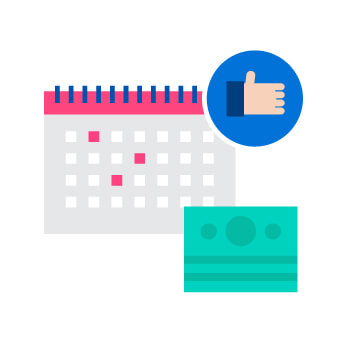
Finding a need does not guarantee a sale.
Essentially, at this stage you need to determine whether the improvement delivered by your product – what it does for them – justifies the expense (money, time, resources). Maybe it does, maybe it doesn’t.
“I want to take a minute here to emphasize that sales isn’t about selling a product or service. Sales is about aligning with your clients to solve business problems. So few people do this. Because of that, millions of dollars are wasted on purchases that fail to deliver their intended results.” ~Sean Burke, SVP of Sales, Partners, & Solutions, LivePerson
In essence, does their need justify the means?
If you can help them save X number of dollars, or double their pipeline, or increase retention by 25%, the answer is probably ‘yes’.
To that end, work with them at this stage. Crunch some numbers. Compare and contrast. Provide them with the hard data they need to make an informed, smart decision.
Need and opportunity are crucial not only to making the sale, but to developing an ongoing partnership. If they tell you they’d love to automate this or eliminate that, but have no idea why or how it will help them reach specific goals, they may end up very unsatisfied.
Instead, help them assess the opportunity:
- Is there a clear critical business issue (CBI)?
- Is there a clear solution to the problem?
- Is your product demonstrably effective as a solution?
- Does the solution provide value? A decent return-on-investment?
During the course of your conversation, if you can assist them to answer ‘yes’ to those questions, you have opportunity.
Most people respond to numbers, percentages, and most importantly, dollars and cents, so always break down the existing opportunity with that in mind. No jargon. No flowery language or empty promises.
Plain and simple numbers are quick and easy to understand, and make for easy decisions. Establish clear goals and expected results (or educated guesses if nothing else), build trust, help them identify the ‘why’, lean on the numbers, and be prepared for them to need more time to research, check, and confirm the things you discuss. Remember, you’re not selling at this point.
T is for Team
Corporate hierarchy is getting more complex, with no one person making decisions on their own.
In 2014, the average buyer group consisted of 5.4 people. Two years later, it hit 6.8, a 25% increase. That number is assumed to be as high as 10.2 in 2018.
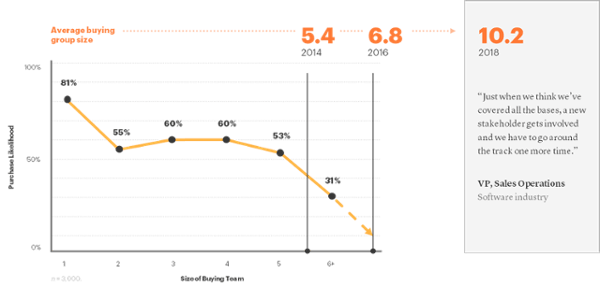
You’ve heard the expression ‘Too many cooks spoil the broth’, right?
With one decision maker, the odds are in the salesperson’s favor 81% of the time. With three decision makers, it drops to 60%, and with five or more, it starts to bottom out.
The bigger the team, the harder the sale. You’ve got to tackle that head-on.
In order to grease the wheels, you need to identify the decision makers who will be impacted by your solution – everyone from the C-suite to HR, from IT to sales, and from marketing to customer service.
So ask. Inquire about department-specific goals and concerns. Ask to be connected to each cog in the wheel.
A few good questions to use at this point include:
- How have you implemented changes of this scope in the past?
- How long did it take to implement X?
- What challenges or surprises did you encounter when implementing X?
- What does your contract review process typically look like?
- Have we missed anyone?
- Given X, don’t you think we should bring Ms. Y into the loop?
Research and prepare for your first contact with each decision maker. You shouldn’t push or expect to get everyone together and on board during that first conversation.
Collecting the necessary details and rallying the team can not and should not be rushed. Push too hard or too fast, and you’ll find yourself unable to convince the stakeholders.
Go slow. Identify the major players and their individual wants and challenges.
E is for Effect
Need, Opportunity, and Team determined, the final phase is to discuss the expected outcome and impact.
“This is a business conversation vs. a features and benefit discussion – it provides the measurable results that the client needs to justify their decision.” ~Sean Burke
The key here is measurable results.
You’ll need to ultimately gather thoughts and feedback from the team you identified, but for now, broach the subject with your initial contact.
Ask:
- How will they measure results? How do they do that now? Will it change with implementation?
- What’s the timeline?
- How will it unfold by week, month, quarter, or year?
- What’s the impact to your business if they do nothing?
Nail down the effect, and you provide them with the justification they need to move forward.
Mindset and Implementation
All of that said, the NOTE framework does not and should not exist in isolation. Don’t use it unless you’re willing and able to anchor your entire sales process around the buyer journey.
Otherwise, it’s setting yourself up for disappointed – if not outright angry – customers when they discover the bait and switch.
The greatest return on using the framework correctly is that it actually changes the mindset of the sales department and everyone in it. They move away from discovery calls and emails focused on qualifying – which does nothing for the prospect – to helping individuals and companies identify the overall impact of an opportunity and whether that impact is big enough to warrant pursuing it.
And that most definitely does something for them.
Burke recommends including buyer-first language in your conversations, even going so far as to explicitly state the discovery discussion so they can qualify you, and not the other way around.
It immediately builds trust and shows that you respect their time, understand the pressure they’re under to solve problems, and that you’re only there to assist with that.
Beyond that, the simple role-play is by far the best way to quickly get you and your sales team comfortable using NOTE.
“Role playing over and over again is the best way to practice this approach. When we first rolled this out, I spent quite a bit of time role playing this approach with my team until it became a habit.” ~Sean Burke
Outdated acronyms like BANT serve the seller. That’s not going to work anymore. The modern approach involves a customer-centric approach for every touch point and engagement.
NOTE serves the buyer. That’s who they care about. That’s who puts money in your pocket. And that’s who truly matters.
So take NOTE.



